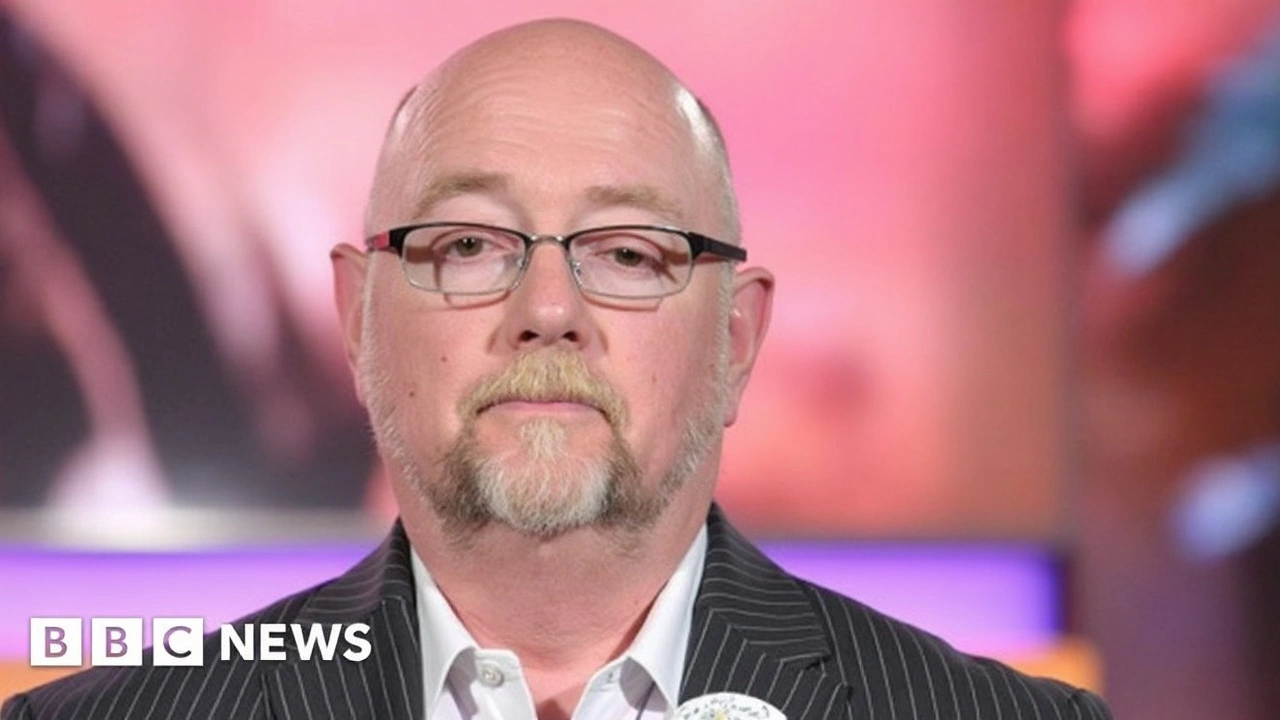Media: Controversies, Ethics, and Regulation
When looking at Media, the collection of channels that deliver news, entertainment, and public discussion, you quickly see how it shapes opinions and fuels debate. Media encompasses journalism, broadcasting, and digital platforms, each with its own workflow and audience. Journalism, marked here as journalism, the practice of gathering, assessing, and presenting news and information, relies on credibility, while broadcasting delivers live voice and video content to millions. The mix of these elements means media requires ethical standards, and it demands constant vigilance to keep power in check.
Key Themes in Our Media Collection
The recent uproar around TalkRadio, a UK‑based talk‑show network that hosts live discussions on current affairs illustrates how a single interview can trigger a wave of criticism. James Whale’s insensitive exchange with rape survivor Nichi Hodgson sparked accusations of victim‑blaming and highlighted gaps in media training. In response, Ofcom, the communications regulator that oversees broadcasting standards in the UK launched an investigation, reminding broadcasters that regulation influences media practices and that compliance isn’t optional. This incident also brings media ethics to the fore: responsible reporting, respectful interviewing, and swift corrective action are now non‑negotiable expectations.
Understanding how these pieces fit together helps you see why media stories matter beyond the headlines. The collection below showcases a variety of angles – from on‑air missteps and regulatory responses to broader discussions about how media can better serve the public. By navigating these articles, you’ll get a clearer picture of the forces that shape what we hear, see, and read every day. Dive in to discover how controversy, policy, and ethical guidelines intersect across the media landscape.
